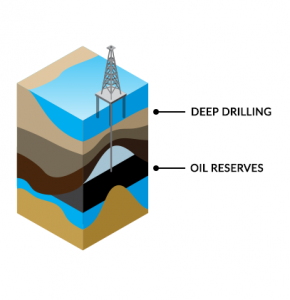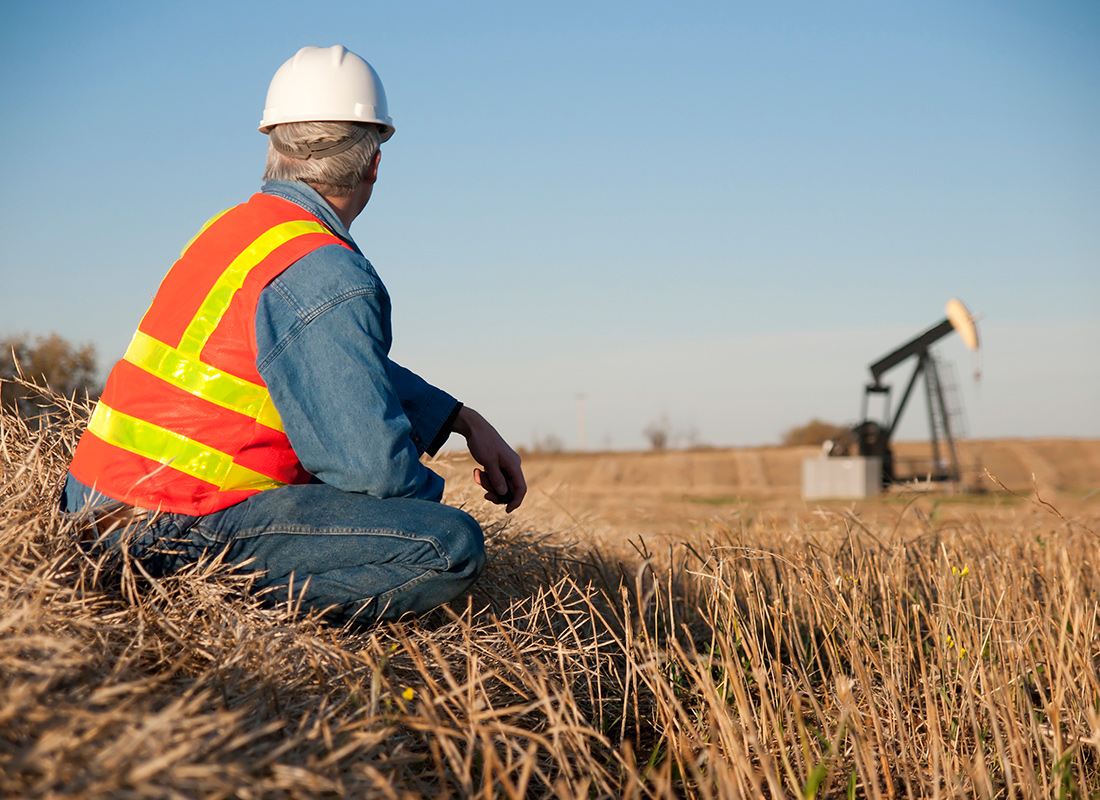All Categories
Featured
Table of Contents
- – Geophysical Survey - Archaeological Research ...
- – Geophysical Survey In Archaeology in Winthro...
- – Geophysical Engineering Undergraduate Progra...
- – Geophysical Survey Equipment - Ground Penet...
- – Your Degree In Geophysics in Carramar Weste...
- – Geophysics in Osborne Park Oz 2022
- – How To Become A Geophysicist in Karrinyup ...
Geophysical Survey - Archaeological Research in Upper Swan Aus 2021
(2004 ). 2011. 2011.
Bozorgnia, Yousef; Bertero, Vitelmo V. (2004 ).; Grenier, Emmanuel (2006 ). Mathematical geophysics: an intro to rotating fluids and the Navier-Stokes formulas.
( 2001 ). Dynamic Earth: Plates, Plumes and Mantle Convection. Cambridge University Press. ISBN 0-521-59067-1. Dewey, James; Byerly, Perry (1969 ). "The Early History of Seismometry (to 1900)". Bulletin of the Seismological Society of America. 59 (1 ): 183227. Archived from the initial on 23 November 2011. Defense Mapping Agency (1984 ). (Technical report).
Geophysical Survey In Archaeology in Winthrop Oz 2021
TR 80-003. Recovered 30 September 2011. Eratosthenes (2010 ). Eratosthenes' "Location". Fragments collected and equated, with commentary and additional product by Duane W. Roller. Princeton University Press. ISBN 978-0-691-14267-8. Fowler, C.M.R. (2005 ). (2 ed.). Cambridge University Press. ISBN 0-521-89307-0. "GRACE: Gravity Healing and Climate Experiment". University of Texas at Austin For Area Research Study.
Obtained 30 September 2011. Obtained 30 September 2011.:10.
Geophysical Engineering Undergraduate Program in South Guildford Oz 2022
Lowrie, William (2004 ). Merrill, Ronald T.; Mc, Elhinny, Michael W.; Mc, Fadden, Phillip L. (1998 ). International Geophysics Series.
They likewise research modifications in its resources to offer guidance in meeting human needs, such as for water, and to anticipate geological risks and risks. Geoscientists use a variety of tools in their work. In the field, they may utilize a hammer and chisel to gather rock samples or ground-penetrating radar equipment to search for minerals.
They also might use remote sensing equipment to collect information, as well as geographic details systems (GIS) and modeling software to analyze the information collected. Geoscientists might monitor the work of specialists and coordinate deal with other scientists, both in the field and in the laboratory. As geological challenges increase, geoscientists might choose to work as generalists.
Geophysical Survey Equipment - Ground Penetrating Radar in Oldsbury WA 2022
The following are examples of types of geoscientists: geologists study how repercussions of human activity, such as contamination and waste management, impact the quality of the Earth's air, soil, and water. They likewise may work to fix problems related to natural threats, such as flooding and disintegration. study the materials, processes, and history of the Earth.
There are subgroups of geologists too, such as stratigraphers, who study stratified rock, and mineralogists, who study the structure and structure of minerals. study the motion and circulation of ocean waters; the physical and chemical homes of the oceans; and the ways these residential or commercial properties affect seaside areas, climate, and weather.
They also research modifications in its resources to provide assistance in meeting human demands, such as for water, and to predict geological threats and hazards. Geoscientists utilize a variety of tools in their work. In the field, they may use a hammer and chisel to collect rock samples or ground-penetrating radar devices to look for minerals.
Your Degree In Geophysics in Carramar Western Australia 2022


They also might utilize remote picking up devices to collect information, along with geographical information systems (GIS) and modeling software to analyze the information collected. Geoscientists may supervise the work of professionals and coordinate deal with other scientists, both in the field and in the lab. As geological obstacles increase, geoscientists might choose to work as generalists.
The following are examples of kinds of geoscientists: geologists study how consequences of human activity, such as contamination and waste management, affect the quality of the Earth's air, soil, and water. They also may work to resolve issues related to natural threats, such as flooding and disintegration. study the materials, processes, and history of the Earth.
There are subgroups of geologists as well, such as stratigraphers, who study stratified rock, and mineralogists, who study the structure and structure of minerals. study the motion and flow of ocean waters; the physical and chemical residential or commercial properties of the oceans; and the methods these homes impact coastal areas, environment, and weather.
Geophysics in Osborne Park Oz 2022
They also research modifications in its resources to offer guidance in conference human demands, such as for water, and to anticipate geological threats and hazards. Geoscientists use a variety of tools in their work. In the field, they may utilize a hammer and chisel to collect rock samples or ground-penetrating radar devices to search for minerals.
They likewise may use remote noticing equipment to gather information, as well as geographic info systems (GIS) and modeling software to analyze the information gathered. Geoscientists might supervise the work of service technicians and coordinate deal with other researchers, both in the field and in the lab. As geological obstacles increase, geoscientists might decide to work as generalists.
The following are examples of types of geoscientists: geologists study how repercussions of human activity, such as pollution and waste management, impact the quality of the Earth's air, soil, and water. They likewise might work to solve issues related to natural risks, such as flooding and erosion. study the materials, procedures, and history of the Earth.
How To Become A Geophysicist in Karrinyup Western Australia 2022
There are subgroups of geologists as well, such as stratigraphers, who study stratified rock, and mineralogists, who study the structure and structure of minerals. study the movement and blood circulation of ocean waters; the physical and chemical residential or commercial properties of the oceans; and the ways these properties affect coastal locations, climate, and weather condition.
Table of Contents
- – Geophysical Survey - Archaeological Research ...
- – Geophysical Survey In Archaeology in Winthro...
- – Geophysical Engineering Undergraduate Progra...
- – Geophysical Survey Equipment - Ground Penet...
- – Your Degree In Geophysics in Carramar Weste...
- – Geophysics in Osborne Park Oz 2022
- – How To Become A Geophysicist in Karrinyup ...
Latest Posts
Glad You Asked: What Are Seismic Surveys? in Mt Helena Oz 2023
Geophysical Survey Services - Geophysical Test Methods in East Fremantle Oz 2021
Marine Geophysical Surveying - in Butler Oz 2021
More
Latest Posts
Glad You Asked: What Are Seismic Surveys? in Mt Helena Oz 2023
Geophysical Survey Services - Geophysical Test Methods in East Fremantle Oz 2021
Marine Geophysical Surveying - in Butler Oz 2021